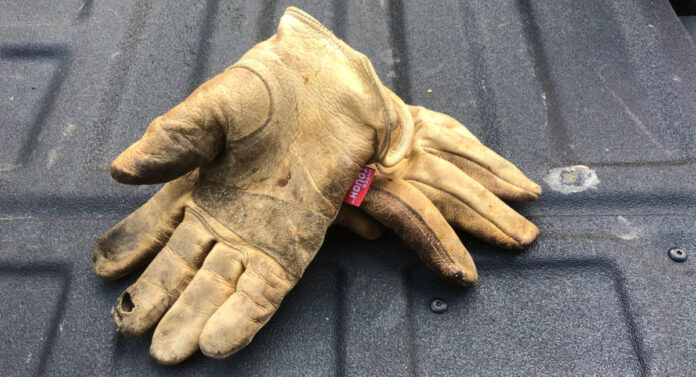Many of the lists you will find on what preppers should stockpile for the end of the world are designed for immediate survival or for barter. This list is different. It lists items you will need over time at your survival retreat. These are items you might not have thought of because you don’t use them much in your daily life, but will find useful after the SHTF.
Once you have stocked up on the big three (food, water, and shelter) and the next three (self-defense, first aid and communications), I suggest you review this list and plug any holes in your supplies. These items may not save your life, but they sure will make it run smoother and easier when the power goes out, and the gasoline runs dry.
Plastic Buckets
We have 5-gallon and 2-gallon plastic pails and they are useful for run-of-the-mill tasks like bringing the chickens their feed, collecting kitchen scraps to feed to the chickens or compost, carrying water, collecting kindling, carrying tools, and storing dried food. I even cut one apart and turned one into a cone to use when slaughtering chickens. They are also useful for processing honey.
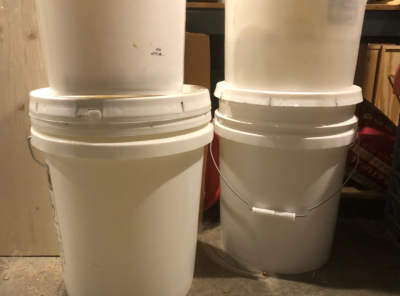
If these are useful now, think how useful they will be when you no longer have access to running water, pumps, gasoline engines, and other modern equipment. A bucket will be useful anytime you need to move something liquid or small but plentiful from point A to point B.
When buying plastic buckets, I recommend getting the more expensive white buckets made with food-grade plastic. You can use with the color utility buckets if you are hauling gravel or mixing paint, but for anything you will drink or eat, get the white buckets made from FDA approved plastics. I also recommend getting buckets with metal handles rather than plastic ones, which can break with use. (Ask me how I know). A few Gamma Seal lids are a great addition to this prep.
Funnels
When you have to do things like mix your own laundry detergent, make soap, or need to transfer fluid from one container to another without spilling a drop, it’s a good idea to have a funnel. In fact, I suggest you buy half a dozen in a range of sizes. I recently grabbed a pack of four different size funnels from Harbor Freight for $1.49. At that rate, if I use them just once or twice, it will be money well spent.
I used a funnel the other day to pour sugar water for the bees into the bottle I carry out to the bee yard. I used a larger model to fill the gas tank on my generator and I have a long one made for pouring gasoline into your car’s tank. They can be useful in the kitchen as well as in the shop, and you don’t want to get the two mixed up.
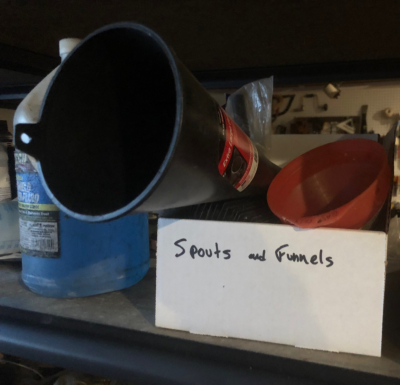
Measuring Cups and Scoops
We think of measuring cups as useful for baking and cooking, but they are also very important for measuring food for livestock. My dog gets four cups of food. The chickens get 8 cups of feed but just half a cup of scratch and a sprinkling of black oil sunflower seeds. I also have to scoop out grit and PDZ for the chickens and measure the sugar and water when mixing up bee feed. I like to leave the scoop in the feed bag or container so it doesn’t get lost. That means I need several scoops or plastic cups.
Whether I’m mixing up grass seeds or thinning down paint to work in the sprayer, a measuring cup or graduated beaker is useful. Trust me, whomever does the cooking will not want to give you theirs. Get several tough, plastic ones that look like they are built to last. It will sure beat the heck out of whittling a scoop out of a chunk of wood after the collapse.
An extra set of measuring spoons are also useful if you need to dose out livestock medication or lawn chemicals by the teaspoon or tablespoon.
Chains and Rope
Rope has a hundred and one uses, so you should stock varying weights and types. I have string, twine, paracord, clothesline, quarter-inch, three-eighth-inch and half-inch. A couple are for climbing, but most are general purpose rope that are best used to tie something up or to tie it down.

While I already had a fair amount of rope and cordage in my prepper stockpile, I didn’t have any heavy-duty chains; now I do. They have multiple uses. For example, there may come a time when you need to wrap a chain around a log and pull it out of the woods. A nylon tow strap may wear when you drag it along the ground, but a chain won’t. They are also useful for locking things up. For example, I chain up my generator to keep it from being stolen while in use. You can also string a chain across the road or driveway to bar vehicular access. If bad guys in a vehicle are heading your way, a sturdy chain across the road will force them to bail out of the car and then they become unprotected soft targets.
Chains are also useful for lifting equipment, towing vehicles, and strapping things to trailers or flatbeds. Just be sure you have the correct ancillary equipment. I’d include a block and tackle and a come along in that category. Maybe even a winch.
Again, none of this is to trade, unless someone makes you a great offer or has something you desperately need.
Work Gloves
When I moved to my prepper property, I had two pairs of work gloves. One was a nice pair of leather work gloves similar to those pictured above. The other was one of those cheap blue and red fabric gloves with rough leather on the contact surfaces and a stretchy fabric all around the cuff. Both wore out within a couple of months. I learned the hard way that stacking and carrying firewood will rapidly wear holes in your gloves. In fact, I’ve worn holes in so many gloves that I’m hoping my daughter can cut off a few fingers on some bad pairs and sew them on other pairs, extending their life. I’m also tempted to try to coat the index and middle fingers with shoe goo and see if that makes them last longer.
My advice is to find a few different kinds of work gloves you like and seem to hold up well and buy at least half a dozen pairs of each. Even if we don’t have a SHTF event, your future self will thank you.
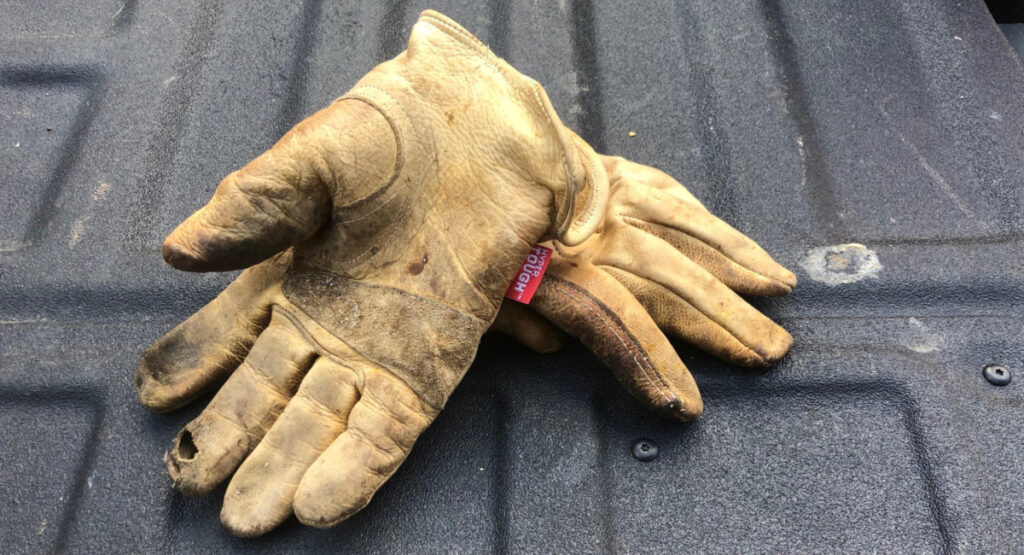
The Hyper Tough gloves pictured are clearly not so tough, as demonstrated by the holes in the fingers. But for their price, around $11 or $12 at Walmart, they outlast gloves I’ve tried from places like Tractor Supply, True Value, and Home Depot. I’ve found that for handling firewood, the most durable gloves are knit fabric gloves with latex fingers and palm. I picked up three pairs at harbor Freight for $2.19 each and they proved to be perfect for handling the rough bark exterior of logs without decaying. They are not warm gloves, and they don’t slip along a tool like leather, but I will pick up several more pairs.
While you are at it, buy a few pairs of warm gloves or mittens. You may only use them two or three months a year, but when you have to stand guard or walk a few miles in the cold, they will be your best friend. They make insulated work gloves, but I have not yet found a pair I like.
Shoes and Socks
After a SHTF event, you can expect to be on your feet more than normal and walking will be your primary, of not only, mode of transportation. You will wear out your shoes and socks, so stock some extra pairs.
Actually, I’d go with boots and socks if you are rural or expect to be doing any significant walking. The added support offered by a boot will help protect you and minimize damage from a twisted ankle. The stiffer soles on boots are also better than athletic shoes for balancing on a rock, a ledge, a ladder or other narrow surface. I wear boots five or six days a week.
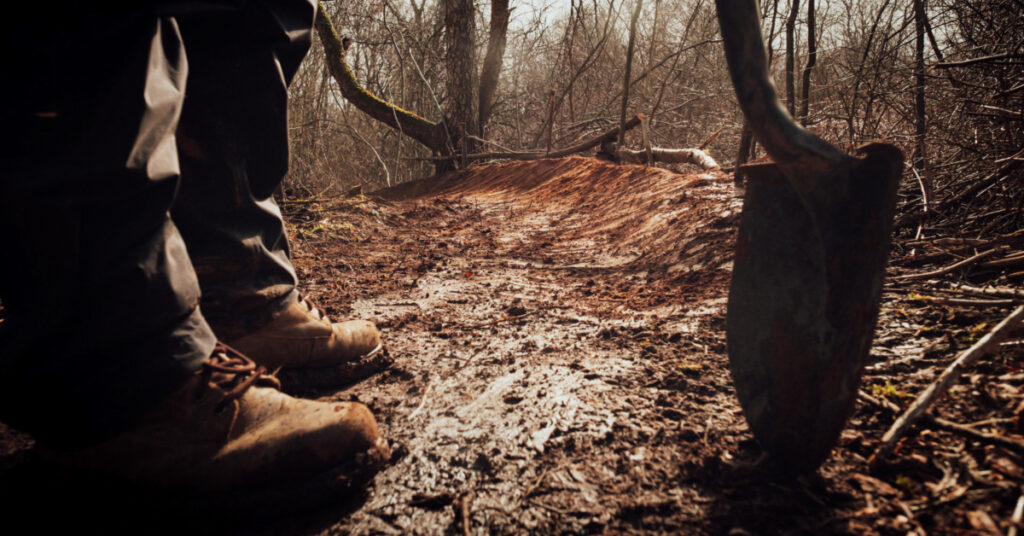
I like to stock extra socks because they wear out. Plus, it’s not unusual for me to wear two pairs at a time. In the winter, I wear a thin wool pair and put a heavier pair over it. In the warmer weather, two thinner pairs can help prevent blisters from forming.
Headlamps
I think most Americans have a flashlight or two, but how many have headlamps? If you have ever spent any significant time working in the dark, either indoors or out, you know how useful they are. If you watch any of the reality TV shows about people who live and work in Alaska, you’ll see they all wear them.

I like an adjustable headlamp that can be dimmed for close-up work and turned up when you need a brighter light outdoors. I also like those that use rechargeable batteries, especially the 18650.

